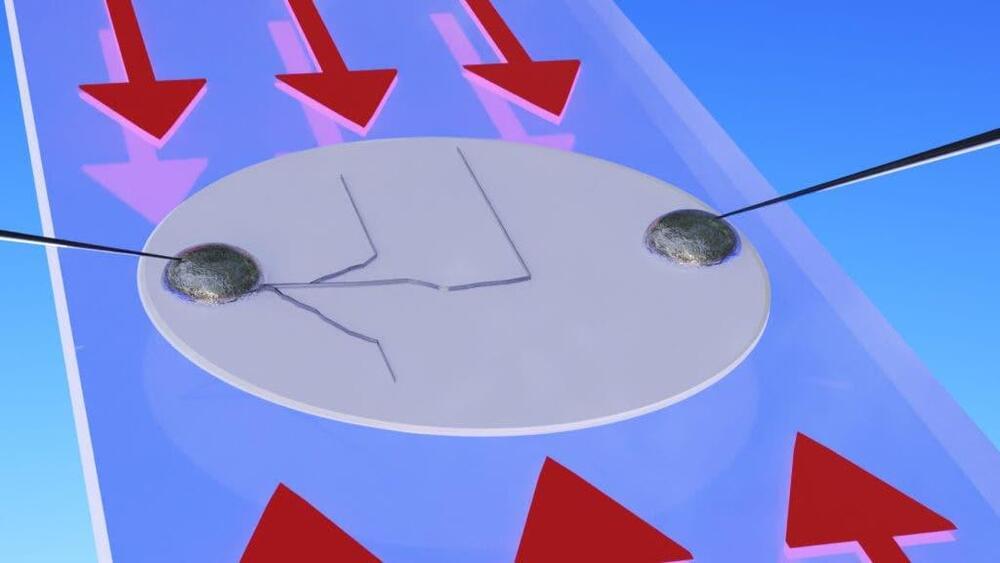Mar 17, 2023
The key to consciousness
Posted by Jose Ruben Rodriguez Fuentes in categories: materials, neuroscience
The relationship between the individual human subject and the world was once the central focus of Western philosophy. Modern neuroscience has instead tended to assume that the world is purely material and physical, and the problem of consciousness a question of how to generate thought from matter. Yet, we are no closer to solving the deep puzzle of consciousness and many argue that the American philosopher Thomas Nagel is right when he maintains that the question of consciousness ‘cannot be detached from subject and object’.
Is the notion that the world is purely material a fundamental mistake? Would we be more likely to unlock the mysteries of consciousness by once again adopting the framework of the subject and object? Or will slow, piecemeal advances in neuroscience and analytic philosophy eventually yield the answers that we have been searching for?
Revolutionary cognitive psychologist Donald Hoffman (joining us live from across the pond), neuroscientist Hannah Critchlow and philosopher Sam Coleman battle to unlock consciousness. Hosted by award-winning novelist Joanna Kavenna.


















